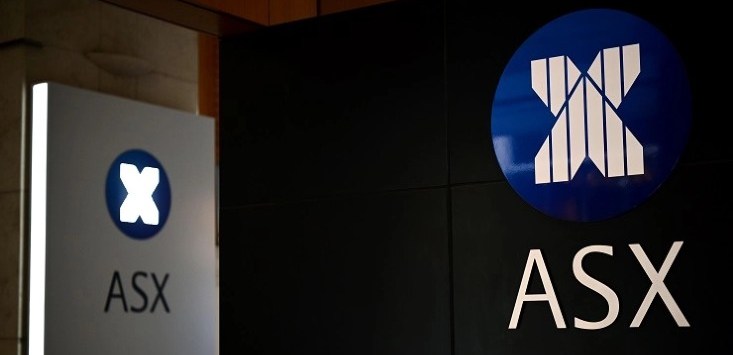
Australia is a surprisingly secretive country at many levels. One glaring example is likely to emerge during the reporting season for ASX-listed companies, which starts next week and runs through until August 31.
Many listed companies are receiving substantial JobKeeper subsidies, but don’t expect them to confess precisely how much when they release their full-year numbers.
The Morrison government is certainly showing no signs of embracing disclosure, even as the New Zealand Ardern government produces a searchable website which precisely discloses which companies have received what public monies and for how many of their employees.
Just type ‘Bunnings’ into the search engine and you’ll see that 4277 of Wesfarmers’ New Zealand employees had received NZ$27.2 million in wage subsidies up until July 14.
Similarly, type in ‘Downer New Zealand’ and you’ll see that this ASX-listed company, which bought Spotless a few years back, has helped itself to NZ$38.23 million in support from Kiwi taxpayers to keep 5479 furloughed New Zealand employees on the books.
Billionaire Gerry Harvey has also been in for his chop, as a search of ‘Harvey Norman’ shows, with 1850 staff have received NZ$12.7 million so far.
If it’s good enough for the Kiwis it should be good enough for the Australian government, particularly when claimants through our generous system include the various state branches of the political parties themselves (mainly because they haven’t been able to hold fundraising events).
And if the government won’t disclose how much Qantas, Crown Resorts, Myer, Kathmandu, billionaire Solly Lew’s Premier Investment, and thousands of other businesses are getting, then the listed companies themselves should come clean with full disclosure.
The CEO bonuses will also be interesting to watch during the reporting season. There is already talk of one company which has pocketed $30 million-plus in JobKeeper payments while the CEO received a $2 million bonus.
Overall, it’s going to be the most fascinating earnings season since August 2009 when the global financial crisis triggered huge write-downs and losses.
Take a company like Australia’s second-biggest mall owner, Vicinity Centres, which traded as low as $1.315 last week when it claims to have net assets equivalent to $2.25 a share, even after taking into account around $2 billion in write-downs flagged by the board last month.
Based on the current share price, the market is expecting a further $5 billion-plus in write-downs on Vicinity’s portfolio of shopping centres.
We’ve seen massive write-downs from oil and gas companies with Woodside this week announcing $6.3 billion in write-downs and Origin Energy just over $1 billion yesterday.
Woodside claimed to have net assets of US$17.4 billion ($24.8 billion) before the write-down but with a market capitalisation of $20 billion, the board clearly had to act.
As this list shows, the vast majority of our largest 150 companies have already provided COVID-19 updates to investors with the likes of Qantas now heading towards having made 10 different announcements.
There are a small number of companies, including ASX itself, which have given no inkling of the COVID-19 impact. It will be very interesting to see if boards are prepared to provide forecasts about future profits in such an uncertain environment.
The payment of dividends will be another fascinating situation. What will out biggest dividend payer, Commonwealth Bank, do given that the Australian Prudential Regulation Authority (APRA) has been pressuring banks to preserve as much capital as possible?
Will CBA follow the lead of NAB and declare a dividend but only after first launching a massive capital raising which in NAB’s case brought in $4.25 billion of fresh equity at the heavily discounted price of $14.15?
Some companies such as our two biggest, CSL and BHP, have been relatively unaffected by COVID-19 but there are others such as Qantas, Sydney Airport, Village Roadshow, Myer, Premier Investments, Flight Centre, Webjet and many of the media stocks which have not been so lucky.
How much detail will the boards and CEOs provide to investors, particularly given the government has given them a safe harbour for six months against class actions for breaches of the continuous disclosure rules?
Let’s hope they are bold and comprehensive when it comes to making predictions and summarising what happened in the most unusual half year of business trading that the Australian economy has experienced since the GFC.
And they should all be upfront about the level of subsidies and bailouts they’ve received from taxpayers.
If even the Australian Shareholders’ Association was happy to disclose at its recent AGM that an estimated $200,000 in government support payments such as JobKeeper will help it break even in 2020, our public companies should do the same.
This article was first published by Crikey.
NOW READ: JobKeeper changes: What we know about the ‘second phase’ of wage subsidies
NOW READ: Government-backed COVID-19 loans extended, now worth up to $1 million


COMMENTS
SmartCompany is committed to hosting lively discussions. Help us keep the conversation useful, interesting and welcoming. We aim to publish comments quickly in the interest of promoting robust conversation, but we’re a small team and we deploy filters to protect against legal risk. Occasionally your comment may be held up while it is being reviewed, but we’re working as fast as we can to keep the conversation rolling.
The SmartCompany comment section is members-only content. Please subscribe to leave a comment.
The SmartCompany comment section is members-only content. Please login to leave a comment.